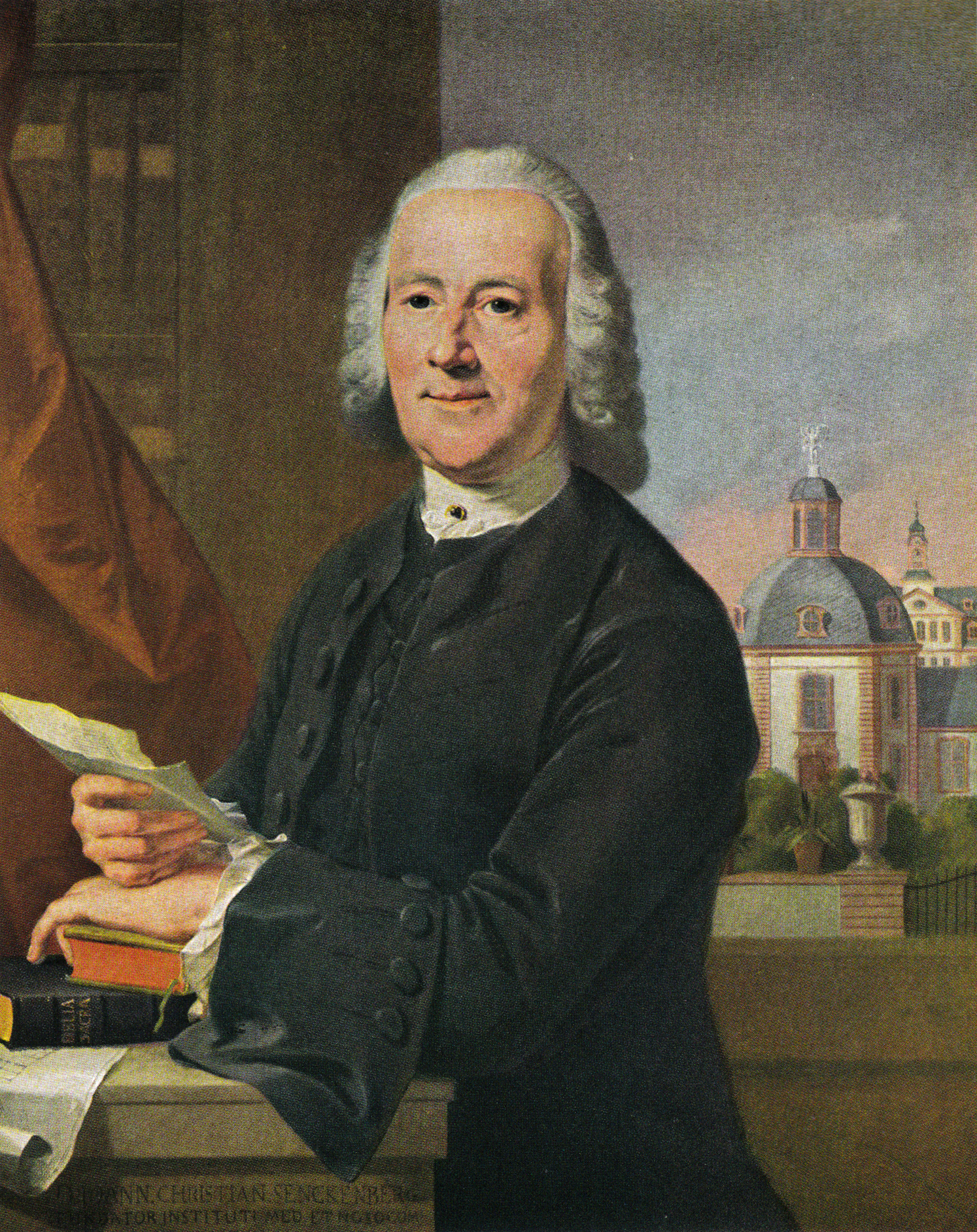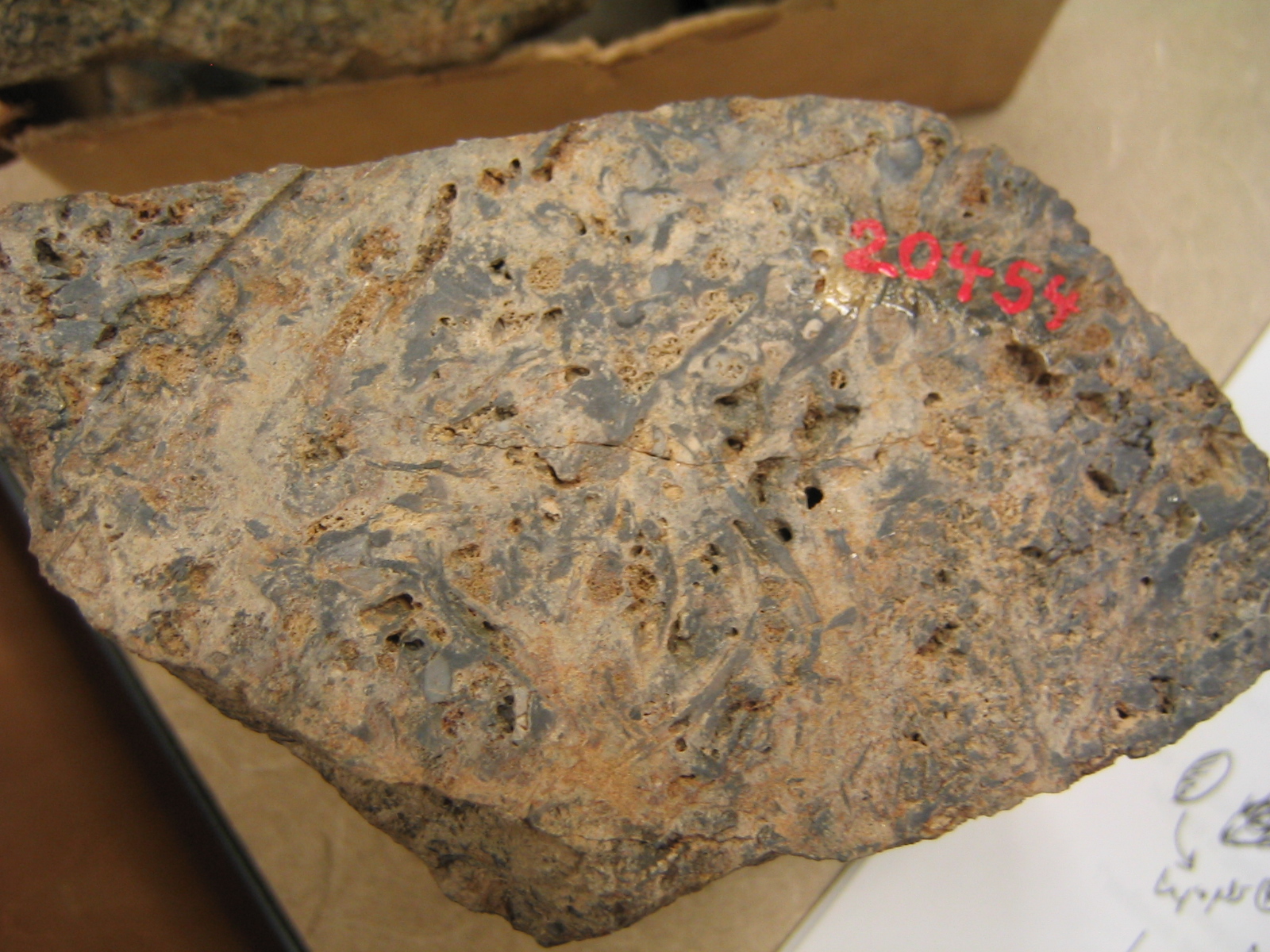|
Margaret Collinson
Margaret E. Collinson is a paleobotanist at Royal Holloway, University of London, United Kingdom. Career Her career has led her to leadership of the Plant Paleobiology Research Group at Royal Holloway, University of London, UK. Her research interests are interdisciplinary and wide-ranging within plant Paleobotany as evidenced by her publications. They particularly include consideration of geochemical signatures of oxygen, biomolecules and other elements; the paleoclimate and floral assemblages; pollen and other tissues; and evolution in ancient plants. She has been president of the International Organization of Paleobotany, a Foreign Member of the Royal Netherlands Academy of Arts and Sciences (2007), and a corresponding Member of the Senckenberg Gesellschaft für Naturforschung (Germany). In 2015 she was awarded Distinguished Fellow of the Botanical Society of America. Selected publications She is the author or co-author of over 180 scientific publications. Among her most signif ... [...More Info...] [...Related Items...] OR: [Wikipedia] [Google] [Baidu] |
Paleobotanist
Paleobotany, which is also spelled as palaeobotany, is the branch of botany dealing with the recovery and identification of plant remains from geological contexts, and their use for the biological reconstruction of past environments (paleogeography), and the evolutionary history of plants, with a bearing upon the evolution of life in general. A synonym is paleophytology. It is a component of paleontology and paleobiology. The prefix ''palaeo-'' means "ancient, old", and is derived from the Greek adjective , . Paleobotany includes the study of terrestrial plant fossils, as well as the study of prehistoric marine photoautotrophs, such as photosynthetic algae, seaweeds or kelp. A closely related field is palynology, which is the study of fossilized and extant spores and pollen. Paleobotany is important in the reconstruction of ancient ecological systems and climate, known as paleoecology and paleoclimatology respectively; and is fundamental to the study of green plant developm ... [...More Info...] [...Related Items...] OR: [Wikipedia] [Google] [Baidu] |
Royal Holloway, University Of London
Royal Holloway, University of London (RHUL), formally incorporated as Royal Holloway and Bedford New College, is a public research university and a constituent college of the federal University of London. It has six schools, 21 academic departments and approximately 10,500 undergraduate and postgraduate students from over 100 countries. The campus is located west of Egham, Surrey, from central London. The Egham campus was founded in 1879 by the Victorian entrepreneur and philanthropist Thomas Holloway. Royal Holloway College was officially opened in 1886 by Queen Victoria as an all-women college. It became a member of the University of London in 1900. In 1945, the college admitted male postgraduate students, and in 1965, around 100 of the first male undergraduates. In 1985, Royal Holloway merged with Bedford College (another former all-women's college in London). The merged college was named Royal Holloway and Bedford New College (RHBNC), this remaining the official registered ... [...More Info...] [...Related Items...] OR: [Wikipedia] [Google] [Baidu] |
Royal Netherlands Academy Of Arts And Sciences
The Royal Netherlands Academy of Arts and Sciences ( nl, Koninklijke Nederlandse Akademie van Wetenschappen, abbreviated: KNAW) is an organization dedicated to the advancement of science and literature in the Netherlands. The academy is housed in the Trippenhuis in Amsterdam. In addition to various advisory and administrative functions it operates a number of research institutes and awards many prizes, including the Lorentz Medal in theoretical physics, the Dr Hendrik Muller Prize for Behavioural and Social Science and the Heineken Prizes. Main functions The academy advises the Dutch government on scientific matters. While its advice often pertains to genuine scientific concerns, it also counsels the government on such topics as policy on careers for researchers or the Netherlands' contribution to major international projects. The academy offers solicited and unsolicited advice to parliament, ministries, universities and research institutes, funding agencies and internationa ... [...More Info...] [...Related Items...] OR: [Wikipedia] [Google] [Baidu] |
Senckenberg Gesellschaft Für Naturforschung
The Senckenberg Nature Research Society (german: link=no, Senckenberg Gesellschaft für Naturforschung, until 2008 ''Senckenbergische Naturforschende Gesellschaft'') is a German scholarly society with headquarters in Frankfurt am Main. Overview Its purpose is to conduct research in the natural sciences and make the results of nature research available to the public. The society was founded by Frankfurt citizens on 22 November 1817 on the initiative of Johann Wolfgang von Goethe, and is named for the physician, naturalist, botanist and philanthropist Johann Christian Senckenberg (1707–1772). It shares the Senckenberg name with the Dr. Senckenberg Foundation, founded by Senckenberg in 1763, but is a separate organisation. The Senckenberg Nature Research Society owns several research institutes and museums, such as the Naturmuseum Senckenberg and the Naturkundemuseum Görlitz The Natural History Museum (german: Museum für Naturkunde) is a natural history museum locat ... [...More Info...] [...Related Items...] OR: [Wikipedia] [Google] [Baidu] |
Botanical Society Of America
The Botanical Society of America (BSA) represents professional and amateur botanists, researchers, educators and students in over 80 countries of the world. It functions as a United States nonprofit 501(c)(3) membership society. History The society was first established in 1893 as an outgrowth from the Botanical Club of the American Association for the Advancement of Science at a meeting in Rochester, New York, on August 22, 1892. The organizing principles of the society were the enhancement of the study of plants in North America and to professionalize such efforts. In 1906, the organization merged with the Society for Plant Morphology and Physiology and the American Mycological Society. Sections The society has 16 special interest sections: Former presidents Former presidents of the society have included: * William Trelease - Director of the Missouri Botanical Garden and the first president of the society * Nathaniel Lord Britton - Cofounder of the New York Botanical Garden ... [...More Info...] [...Related Items...] OR: [Wikipedia] [Google] [Baidu] |
Year Of Birth Missing (living People)
A year or annus is the orbital period of a planetary body, for example, the Earth, moving in its orbit around the Sun. Due to the Earth's axial tilt, the course of a year sees the passing of the seasons, marked by change in weather, the hours of daylight, and, consequently, vegetation and soil fertility. In temperate and subpolar regions around the planet, four seasons are generally recognized: spring, summer, autumn and winter. In tropical and subtropical regions, several geographical sectors do not present defined seasons; but in the seasonal tropics, the annual wet and dry seasons are recognized and tracked. A calendar year is an approximation of the number of days of the Earth's orbital period, as counted in a given calendar. The Gregorian calendar, or modern calendar, presents its calendar year to be either a common year of 365 days or a leap year of 366 days, as do the Julian calendars. For the Gregorian calendar, the average length of the calendar year (the ... [...More Info...] [...Related Items...] OR: [Wikipedia] [Google] [Baidu] |
Living People
Related categories * :Year of birth missing (living people) / :Year of birth unknown * :Date of birth missing (living people) / :Date of birth unknown * :Place of birth missing (living people) / :Place of birth unknown * :Year of death missing / :Year of death unknown * :Date of death missing / :Date of death unknown * :Place of death missing / :Place of death unknown * :Missing middle or first names See also * :Dead people * :Template:L, which generates this category or death years, and birth year and sort keys. : {{DEFAULTSORT:Living people 21st-century people People by status ... [...More Info...] [...Related Items...] OR: [Wikipedia] [Google] [Baidu] |
Academics Of Royal Holloway, University Of London
An academy (Attic Greek: Ἀκαδήμεια; Koine Greek Ἀκαδημία) is an institution of secondary or tertiary higher learning (and generally also research or honorary membership). The name traces back to Plato's school of philosophy, founded approximately 385 BC at Akademia, a sanctuary of Athena, the goddess of wisdom and skill, north of Athens, Greece. Etymology The word comes from the ''Academy'' in ancient Greece, which derives from the Athenian hero, ''Akademos''. Outside the city walls of Athens, the gymnasium was made famous by Plato as a center of learning. The sacred space, dedicated to the goddess of wisdom, Athena, had formerly been an olive grove, hence the expression "the groves of Academe". In these gardens, the philosopher Plato conversed with followers. Plato developed his sessions into a method of teaching philosophy and in 387 BC, established what is known today as the Old Academy. By extension, ''academia'' has come to mean the accumulation, dev ... [...More Info...] [...Related Items...] OR: [Wikipedia] [Google] [Baidu] |
Paleobotanists
Paleobotany, which is also spelled as palaeobotany, is the branch of botany dealing with the recovery and identification of plant remains from geological contexts, and their use for the biological reconstruction of past environments (paleogeography), and the evolutionary history of plants, with a bearing upon the evolution of life in general. A synonym is paleophytology. It is a component of paleontology and paleobiology. The prefix ''palaeo-'' means "ancient, old", and is derived from the Greek adjective , . Paleobotany includes the study of terrestrial plant fossils, as well as the study of prehistoric marine photoautotrophs, such as photosynthetic algae, seaweeds or kelp. A closely related field is palynology, which is the study of fossilized and extant spores and pollen. Paleobotany is important in the reconstruction of ancient ecological systems and climate, known as paleoecology and paleoclimatology respectively; and is fundamental to the study of green plant developme ... [...More Info...] [...Related Items...] OR: [Wikipedia] [Google] [Baidu] |
21st-century British Botanists
The 1st century was the century spanning AD 1 ( I) through AD 100 ( C) according to the Julian calendar. It is often written as the or to distinguish it from the 1st century BC (or BCE) which preceded it. The 1st century is considered part of the Classical era, epoch, or historical period. The 1st century also saw the appearance of Christianity. During this period, Europe, North Africa and the Near East fell under increasing domination by the Roman Empire, which continued expanding, most notably conquering Britain under the emperor Claudius (AD 43). The reforms introduced by Augustus during his long reign stabilized the empire after the turmoil of the previous century's civil wars. Later in the century the Julio-Claudian dynasty, which had been founded by Augustus, came to an end with the suicide of Nero in AD 68. There followed the famous Year of Four Emperors, a brief period of civil war and instability, which was finally brought to an end by Vespasian, ninth Roman emperor, a ... [...More Info...] [...Related Items...] OR: [Wikipedia] [Google] [Baidu] |

.jpg)




